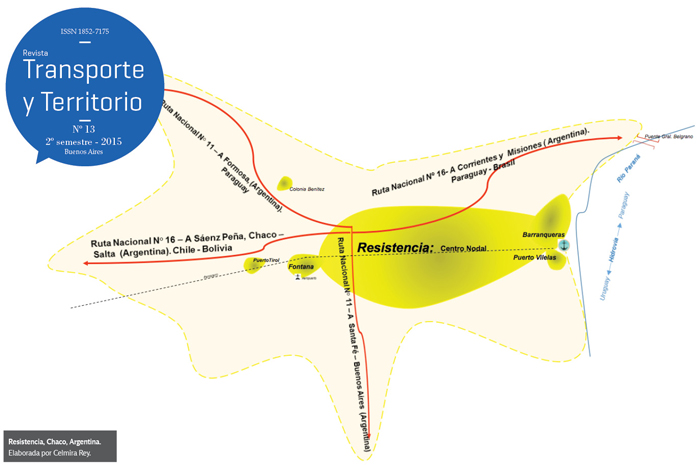Setting of factors considered when determining the location area of a dry port and its hierarchies through a Delphi methodology
Keywords:
logistics, intermodal transport, sustainability, dry ports, DELPHI
Abstract
Dry Ports are designed as a solution to the increasing road congestion, lack of open spaces in port installations and the significant environmental impact of seaports, due to the complexity of the transport sector and the increased volume of transported goods. In addition, dry ports are also presented as an opportunity to strengthen intermodal solutions as part of an integrated and more sustainable transport chain, defined in the European Union transport policy. However, not all of its potential is used because there is not a planning methodology which is simple and has clear results to help decision makers to decide their optimal location. The objective of this research is to gather all the factors to be taken into account to define the construction zone of a dry port and to establish the importance of each of these factors using a panel of experts using a DELPHI questionnaire, which goal is to achieve a consensus based on the experts’ discussion, following the development of a questionnaire to be answered by experts in territorial planning. The results give greater importance to the aspects considered in the classical theories of industrial location.Downloads
Download data is not yet available.
How to Cite
Awad Núñez, S., González Cancelas, N., & Camarero Orive, A. (1). Setting of factors considered when determining the location area of a dry port and its hierarchies through a Delphi methodology. Revista Transporte Y Territorio, (13), 100-121. https://doi.org/10.34096/rtt.i13.1879

1.jpg)

3.png)























